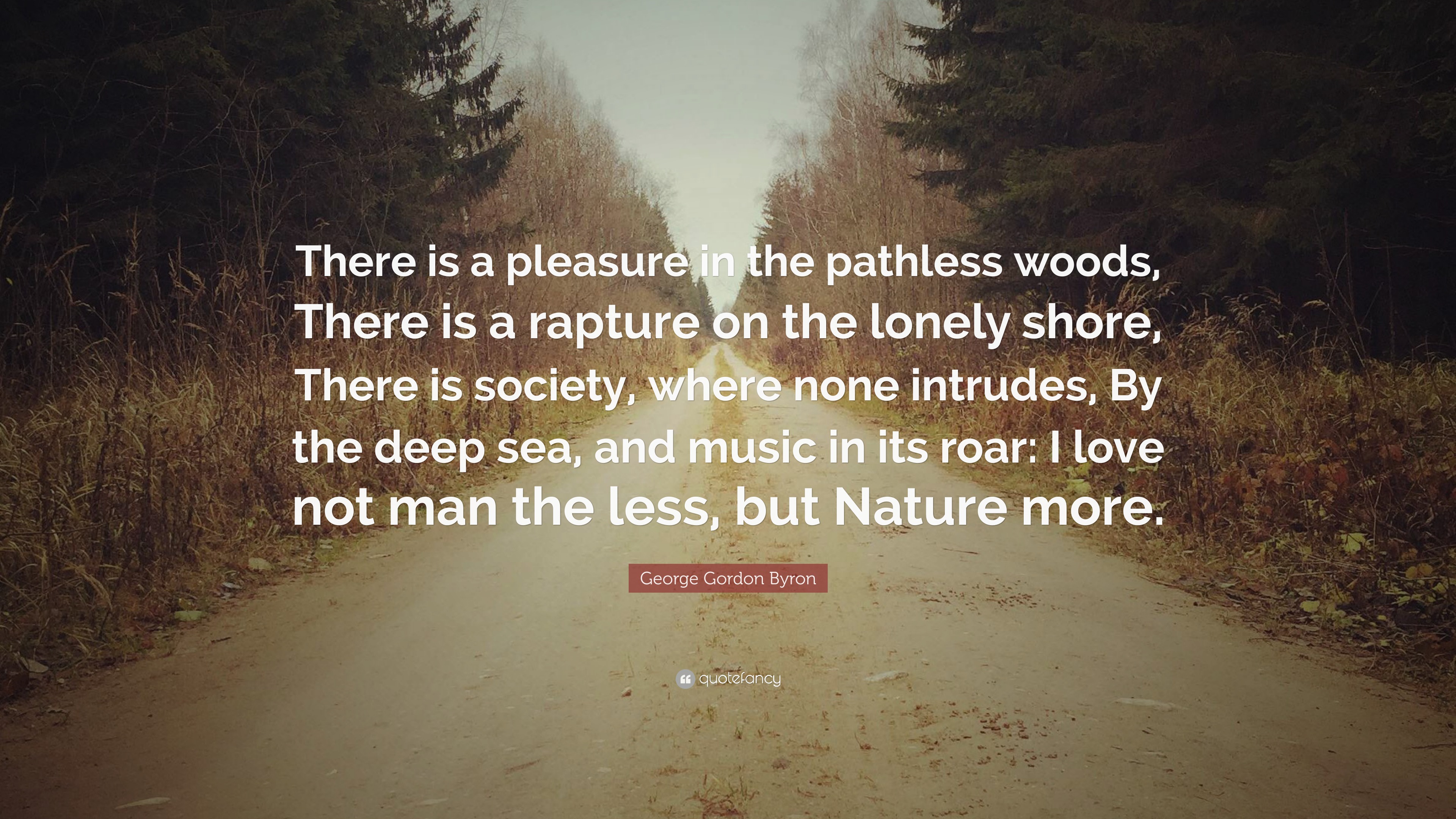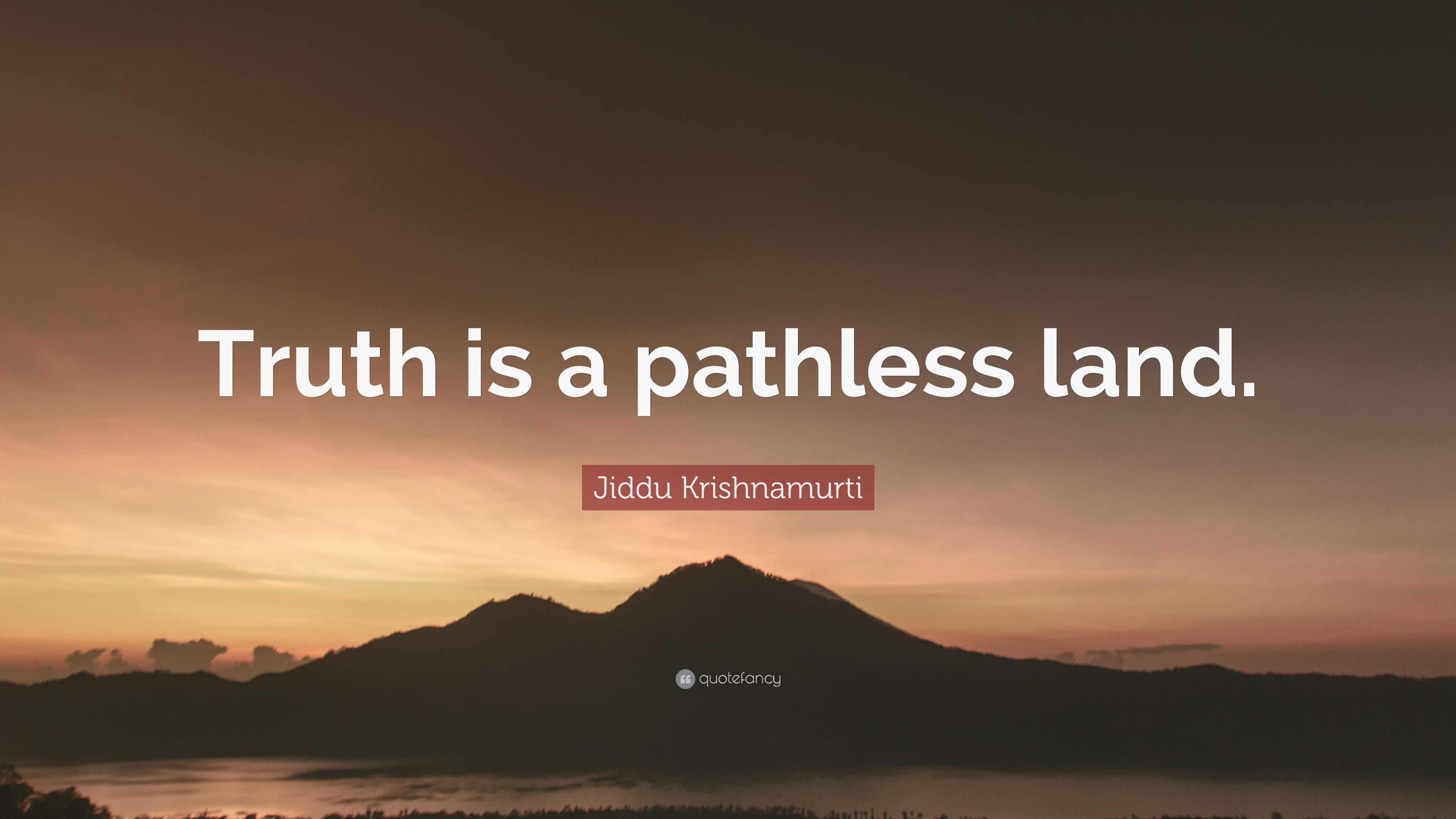

I adopted this attitude and embraced a version of a career which philosopher Andrew Taggart, who writes about our modern relationship to work, describes as “a first-person work-centric story of progress about an individual’s life course.” From this perspective, my career was not a series of jobs, but a high-stakes proposition, one where falling behind felt like failure. My colleagues had been coming to the same desks for decades and were more interested in their retirement portfolios than working and told me that if not for the benefits, they probably wouldn’t show up. I couldn’t imagine spending the rest of my career there, let alone two years. When I joined, GE was a 100-year-old company with a great reputation but was starting to show its age. I tried to pretend I was happy to be starting the job, but I wanted more. My unease quickly morphed into a desire to escape. Moving to a new city and working for a great company like GE was exciting, but deep down I felt like I wasn’t where I wanted to be. For the first time, I would be living outside of a 15-mile bubble in Connecticut. I remember two things about the drive: Hey There, Delilah coming on the radio every forty minutes and being filled with a sense of unease. My credentials were good enough but most of the companies had met their hiring targets with students from better schools.Īfter graduation, I made the two-day drive to Ohio with my cousin Brian. Unfortunately, most of my efforts were met with near-instant rejection. I spent most of that semester in a frenzy, searching for companies I had missed, networking, sending cold e-mails, and trying to land interviews. I wasn’t picky about the type of work I’d be doing, I just wanted it to be seen as impressive. Beyond consulting companies, it included investment banks, technology startups, and hedge funds. He argued, “…in all men’s lives at certain periods…one of the most dominant elements is the desire to be inside the local Ring and the terror of being left outside.”īefore the fall semester of senior year, I had built a spreadsheet of consulting companies and other jobs perceived as prestigious. Lewis famously detailed in a lecture given at King’s College in 1944. What I really wanted was to be part of the “inner ring,” which C.S. We want the protection of being ‘exclusive’ and ‘special.’” This was exactly what I was looking for. Zen philosopher Alan Watts argued that “the desire for security and the feeling of insecurity are the same thing,” and that “we look for this security by fortifying and enclosing ourselves in innumerable ways. These paths are too good to be true for driven young people who want to turn their success in school into something tangible for others to see. Ranjit and I were both pulled by the force of the impressive stories associated with prestigious jobs like strategy consulting and law.

And I was able to keep moving when I realized that the hardest questions often don’t have answers. I was able to grapple with the hard questions of life, the ones we try so hard to ignore. I was able to shift away from a life built on getting ahead and towards one focused on coming alive.

You retire with millions in the bank, but no idea what to do with your time. The pathless path has been my way to release myself from the achievement narrative that I had been unconsciously following. You have the perfect life on paper, but no time to enjoy it. People are starting to feel the disconnect between what we’ve been told about how the world works and what they experience. Let’s start!Īs the world continues to change and technology reshapes our lives, the stories we use to navigate life become outdated and come up short. These are my notes which I intend to go back to later. It is not a complete summary of the book. Later I turn those highlights into a blogpost. Note: While reading a book whenever I come across something interesting, I highlight it on my Kindle.


 0 kommentar(er)
0 kommentar(er)
